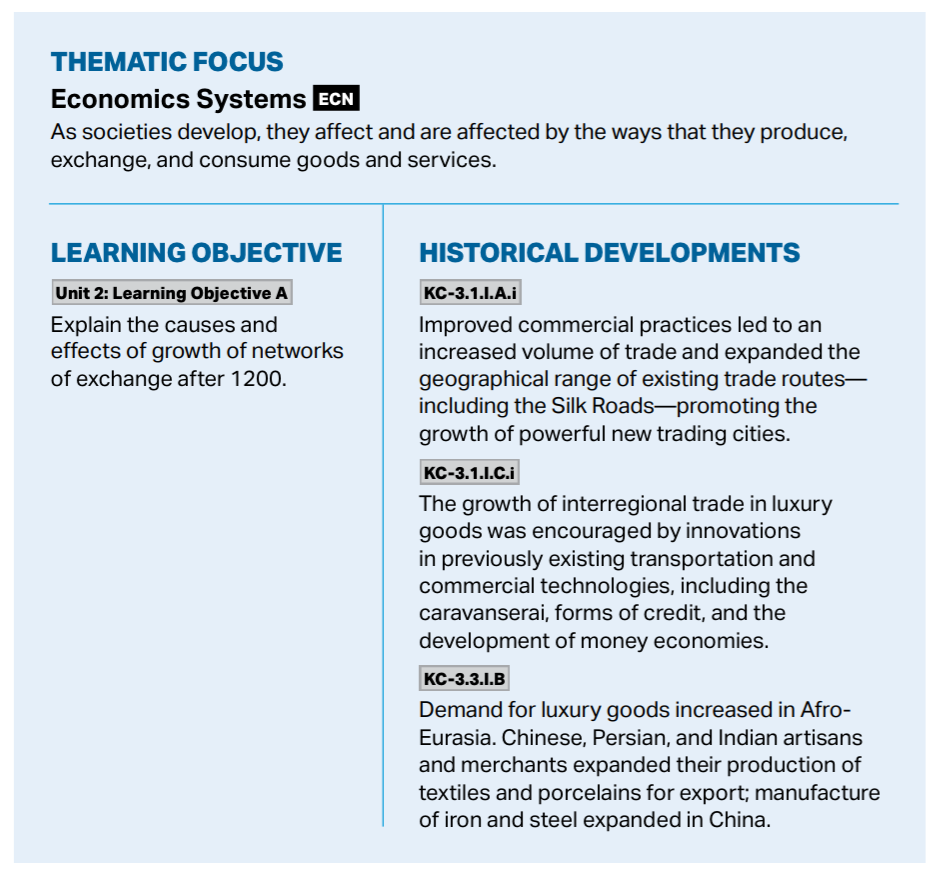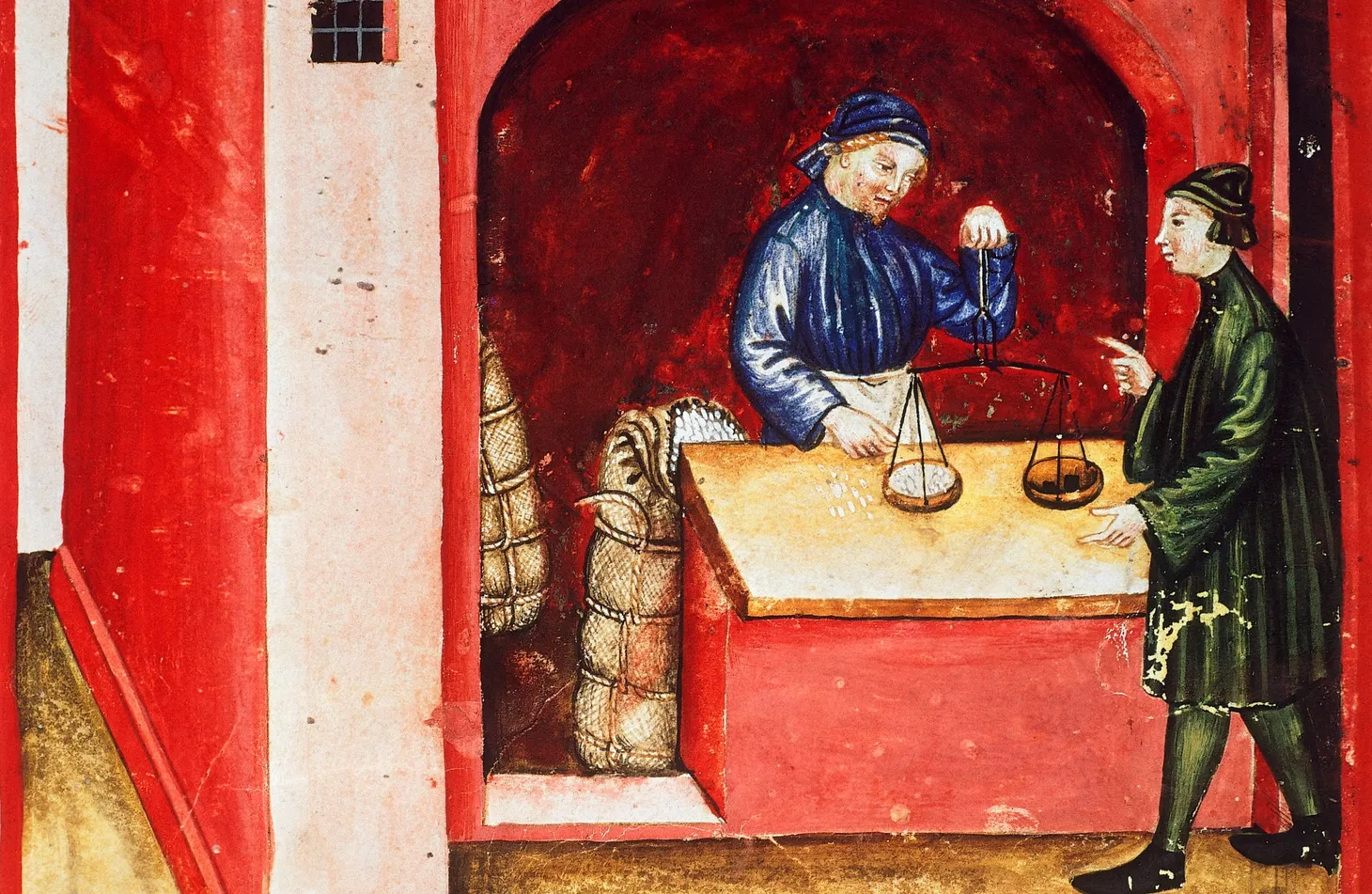“Gujarati Clothes are Held in Great Value”: The Demand for Indian Textiles in Southeast Asia, c.1400
Discussion of teaching Indian textile trade in Southeast Asia


We often rely on maps to help students visualize the flow of goods around Afroeurasia. Due to the tropical conditions in much of Southeast Asia and the tendency of cotton textiles to deteriorate over centuries, we rarely have physical examples of the trade connections that existed before the arrival of Europeans. However, we occasionally get lucky!
The Source
This Content is for Subscribers on the Buy Me Lunch and Buy Me Dinner tiers
SubscribeAlready have an account? Log in



